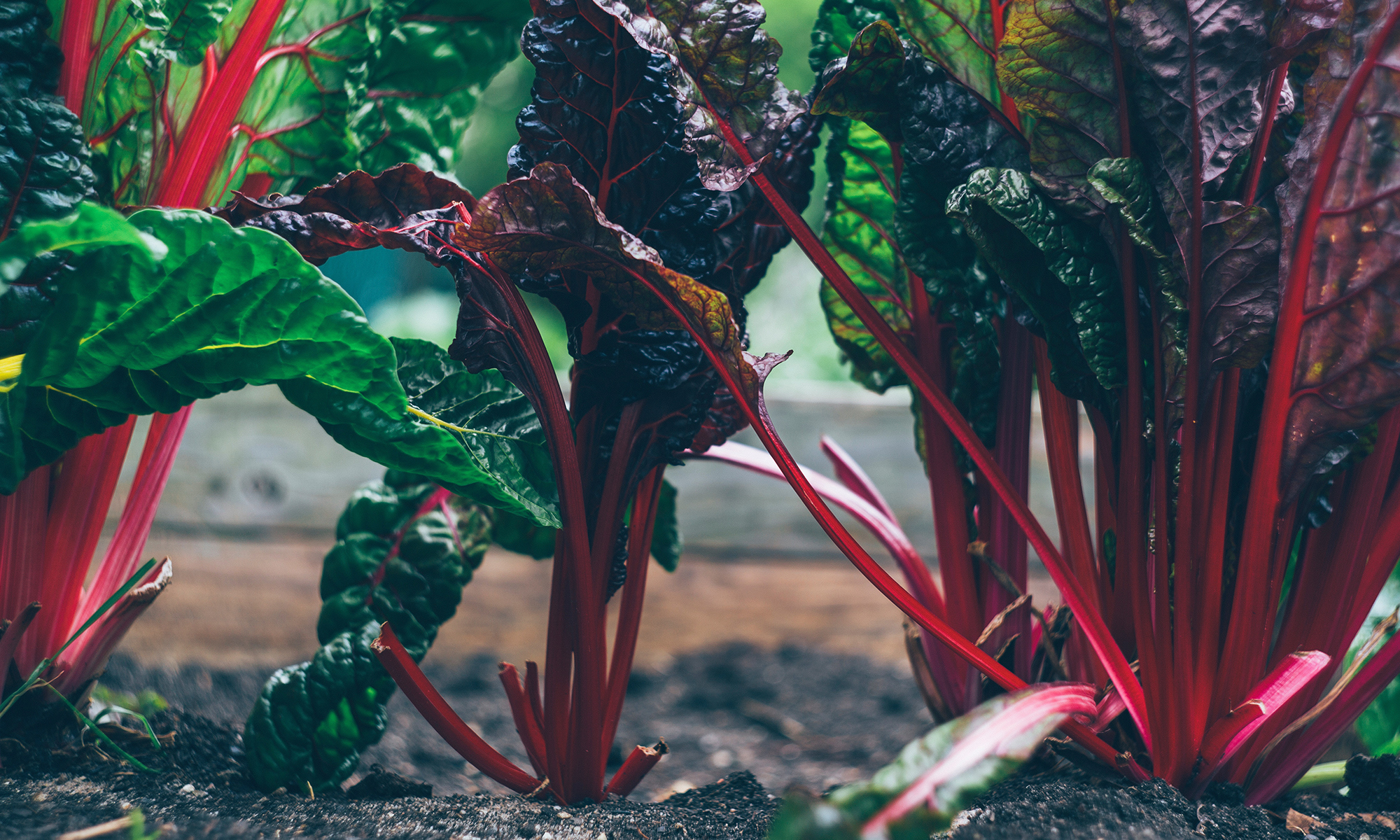Last weekend, I was in DC for a book-signing with my dear friend, and co-author, Brett. When I do these types of events, I find the easiest way to lure people to my table – to talk with them about farmers’ markets (or promote the cookbook), is to offer a free sample. And since I had the opportunity to get produce from Brett's farm, it only seemed logical to use what he had.
But the options from the farm were limited. Even’ Star is still reeling from the effects of Hurricane Irene and Tropical Storm Lee. They've long since left the newsfeed, but that doesn’t mean that the tomatoes suddenly began producing again, or the melons became sweet again.
So we were limited to sweet potatoes, red peppers and eggplants. The weather is quickly turning to autumn, and even though there are still remnants of summer at many of the farmers’ markets, we decided to stick with a more fall-like recipe: sweet potato burgers.
If you’re a die-hard carnivore like me, it’s hard to get excited about veggie burgers. And to be honest, it’s not something i would make if left to my own devices. But these straightforward burgers are satisfying and delicious. The sweet potatoes have enough starch in them to maintain their shape. With the addition of black beans, they have plenty of protein. And fresh herbs brighten up the flavors.
We served these with our homemade ketchup and sour cream mixed with wild mushrooms.
Vegetarian Sweet Potato Burgers
From The Farmer’s Kitchen: The Ultimate Guide to Enjoying your CSA & Farmers’ Market Foods
2 tablespoons olive or canola oil
½ cup minced onions
3 cloves garlic, peeled and chopped
2 cups cooked black beans, slightly mashed
¼ cup fresh oregano and/or basil
1 teaspoon salt
¼ teaspoon cayenne
2 cups cooked sweet potatoes, mashed (preferably a mix of different varieties)
salt and pepper to taste
Garnish: sour cream, cilantro and/or cheese.
- In a large skillet over medium-high heat, add 1 tablespoon of the oil. Sauté the onions and garlic until just cooked. Immediately remove from heat.
- Add the beans and oregano to the onions and garlic.
- Sprinkle cayenne and salt on top of the mashed sweet potatoes. This helps to better disperse the seasoning.
- Mix all ingredients together and chill for at least 45 minutes. Season to taste with salt and pepper.
- Once chilled, form patties approximately 1 ½-inch thick and 4-inches in diameter.
- Heat a large skillet over high heat, add remaining oil. Fry patties until golden brown and crispy on both sides. Flip gently, as these burgers don’t hold together as well as meat patties do.
- Serve with sour cream mixed with fresh cilantro, or any condiment that you would normally serve with a beef burger. Best to serve with toasted crusty bread such as baguette or Kaiser roll.




